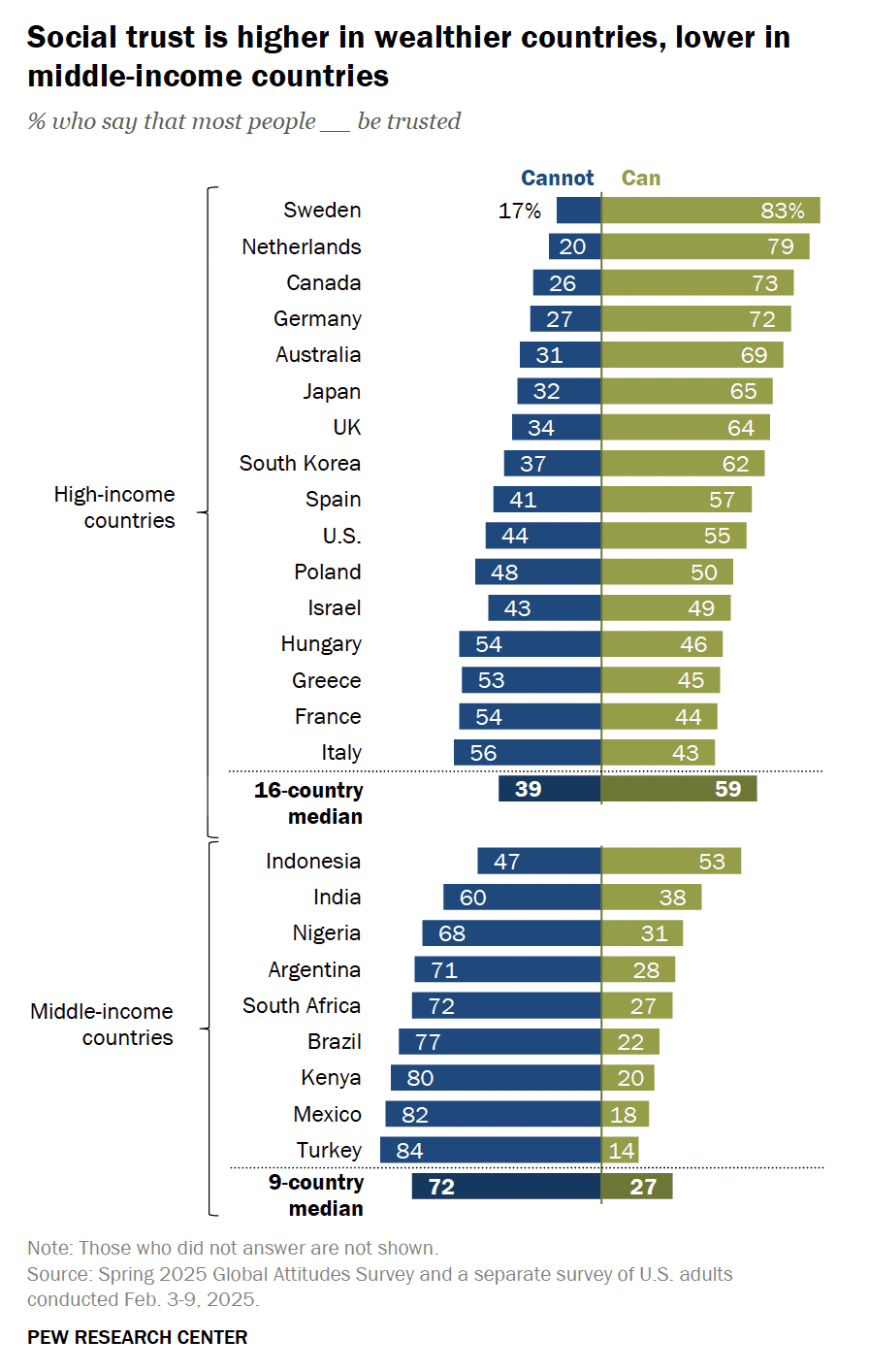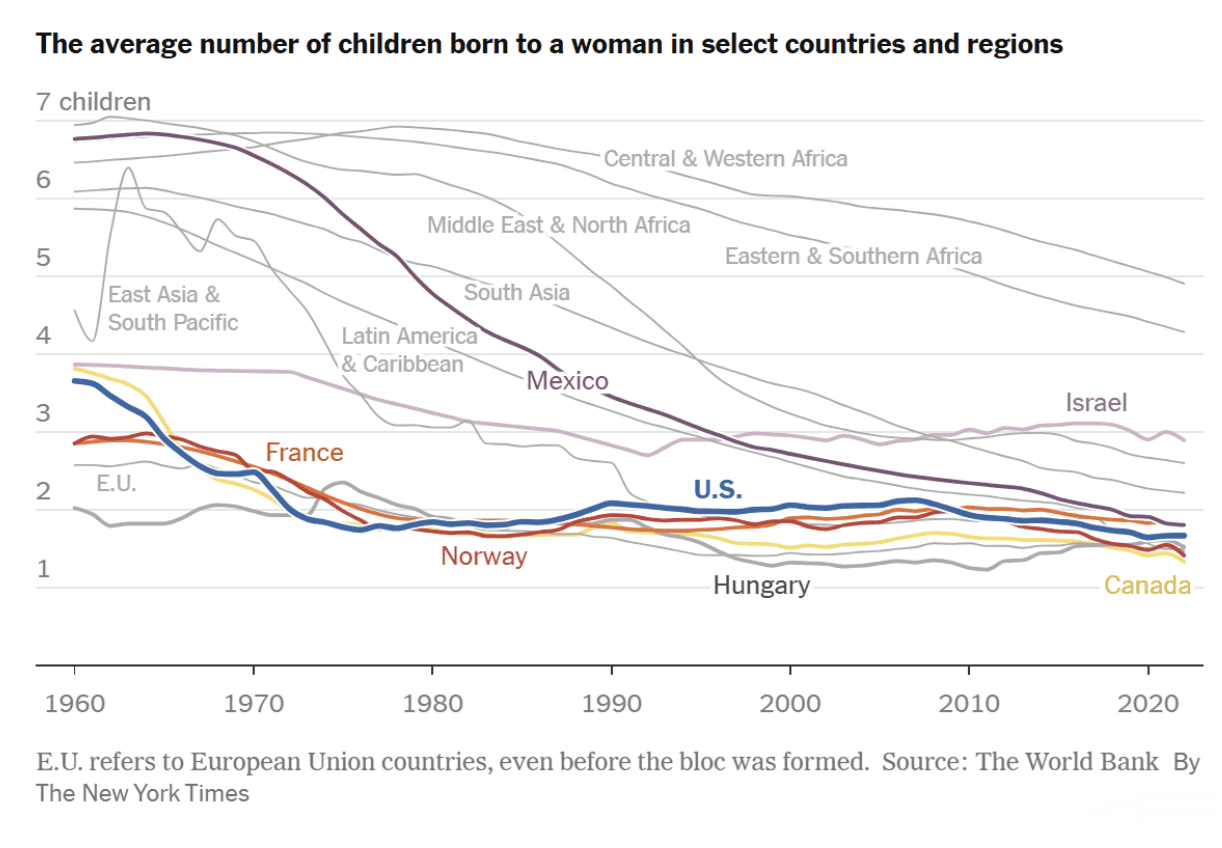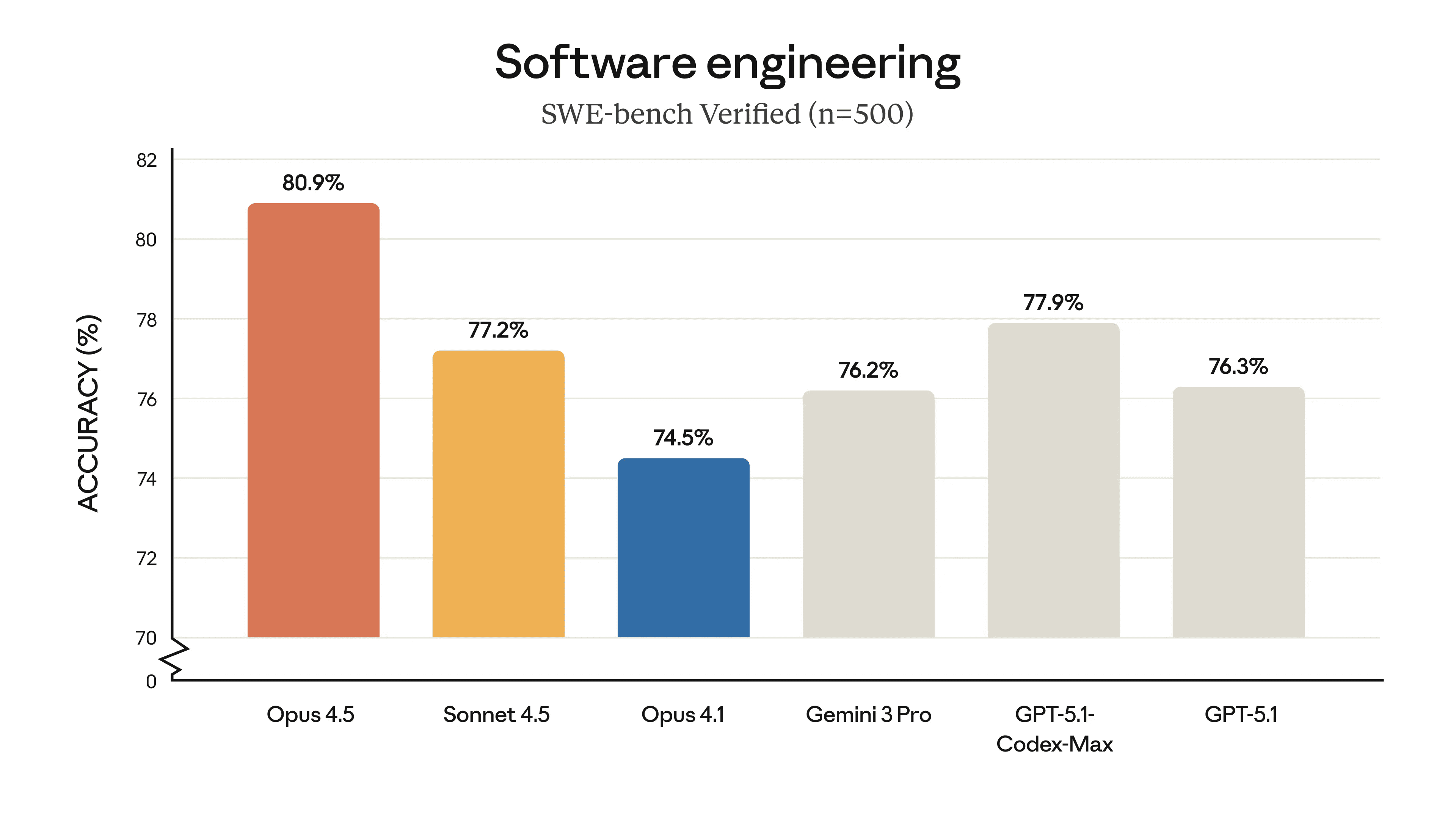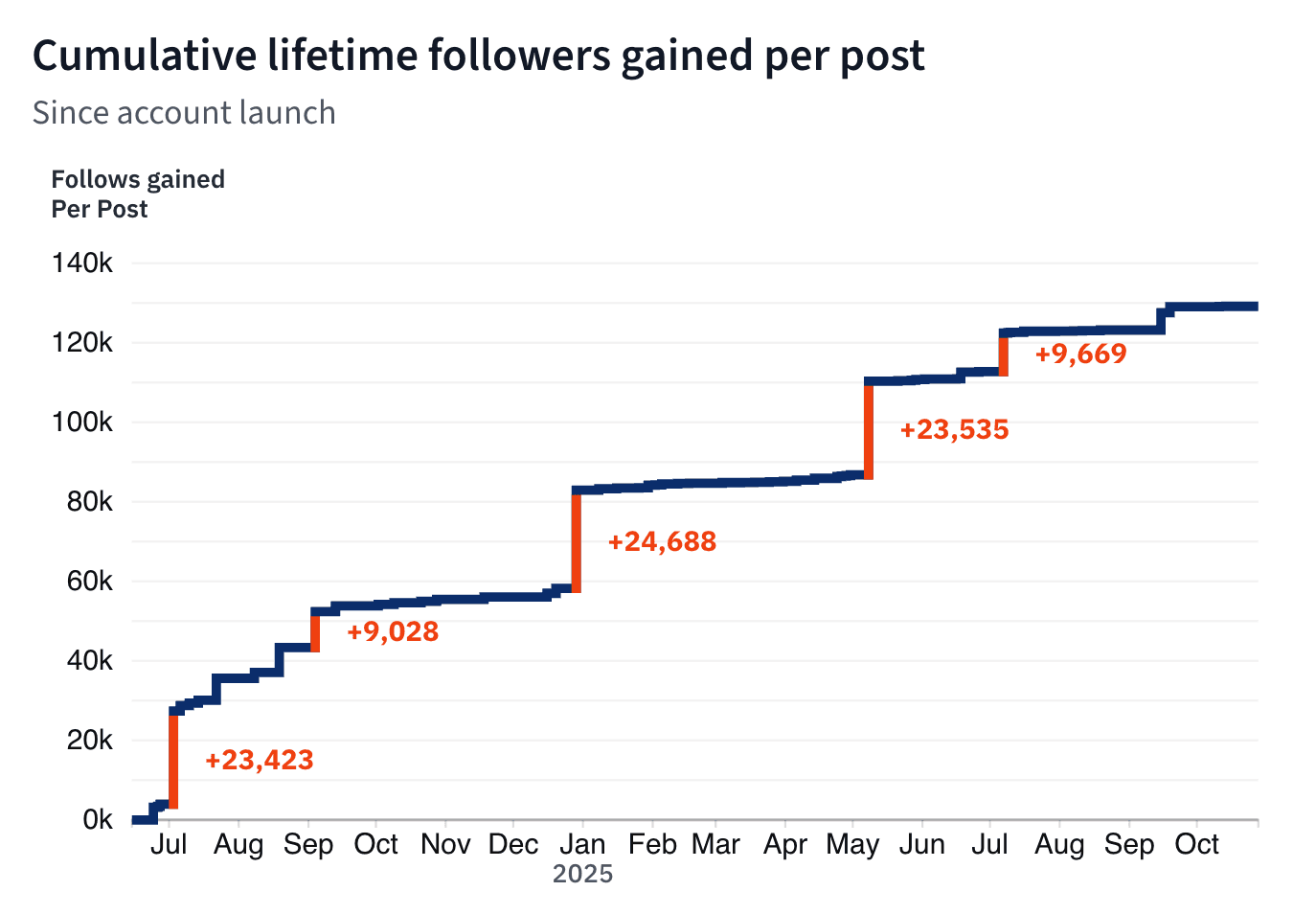F1 2025
Breaking Down the Championship Win Scenarios
December 5, 2025|
F1Sports AnalyticsScenario Analysis
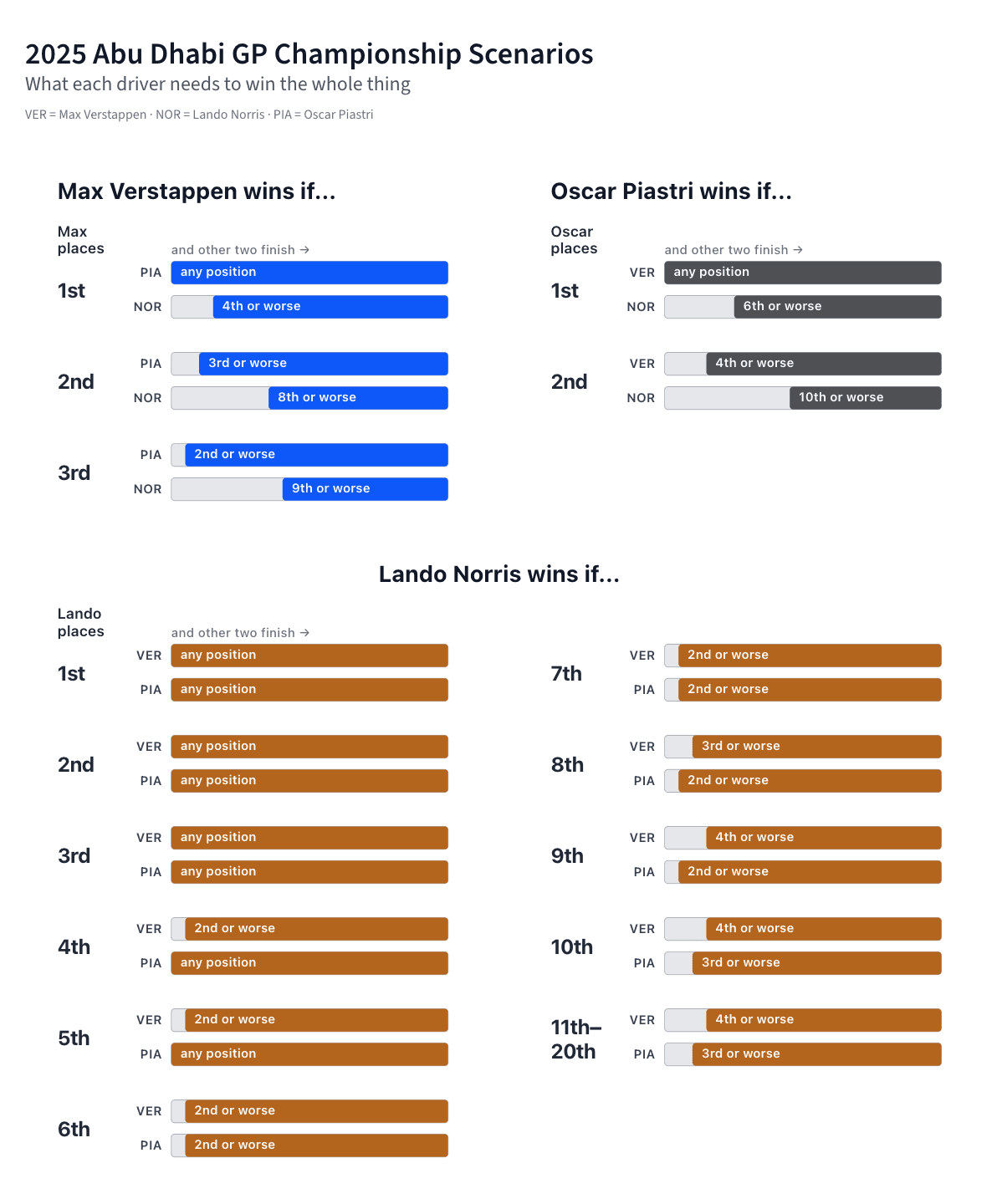
As the 2025 F1 season enters its final stretch, multiple drivers still have mathematical chances at the championship. Let's visualize exactly what needs to happen for each contender.
